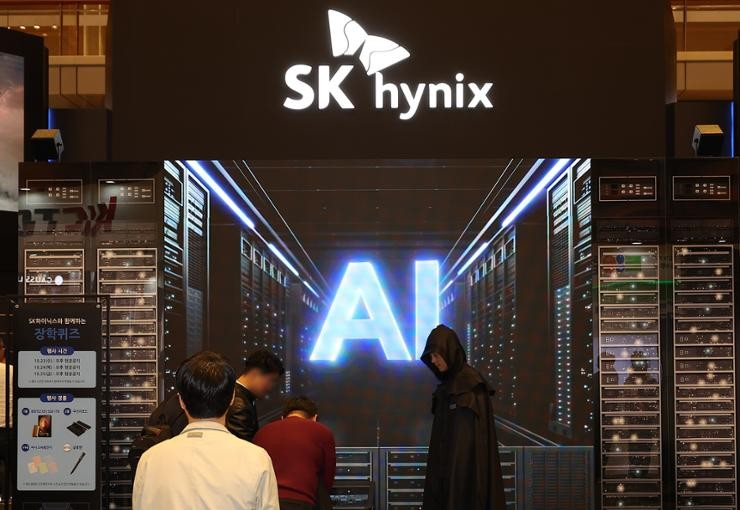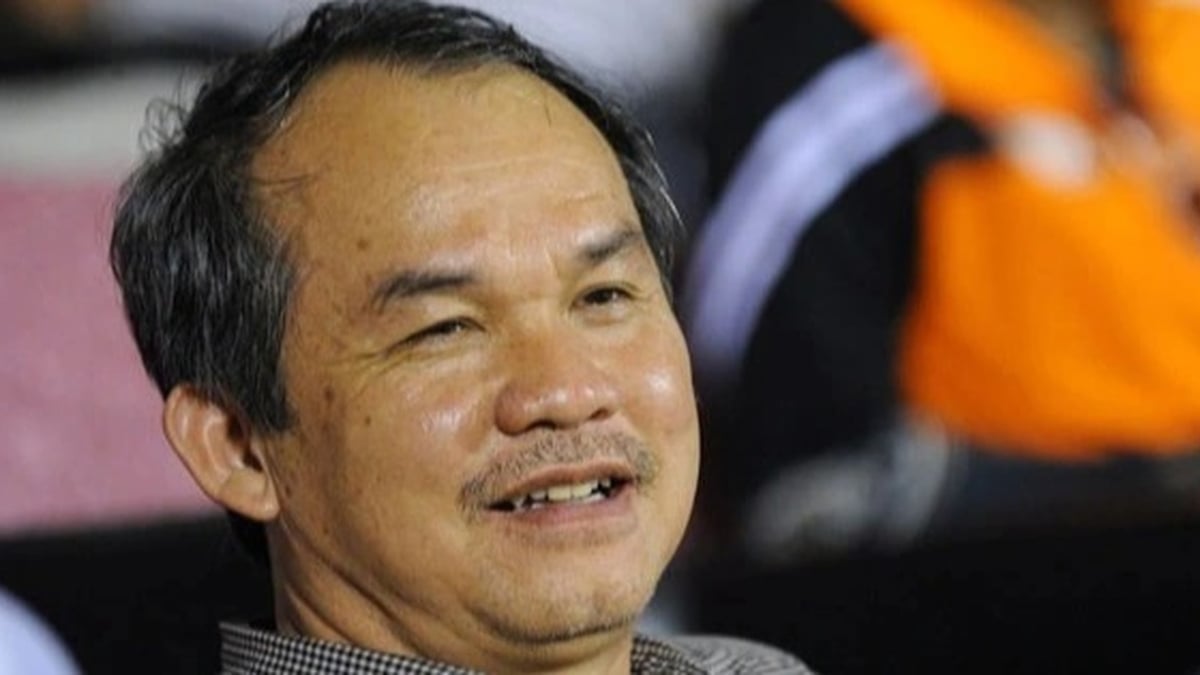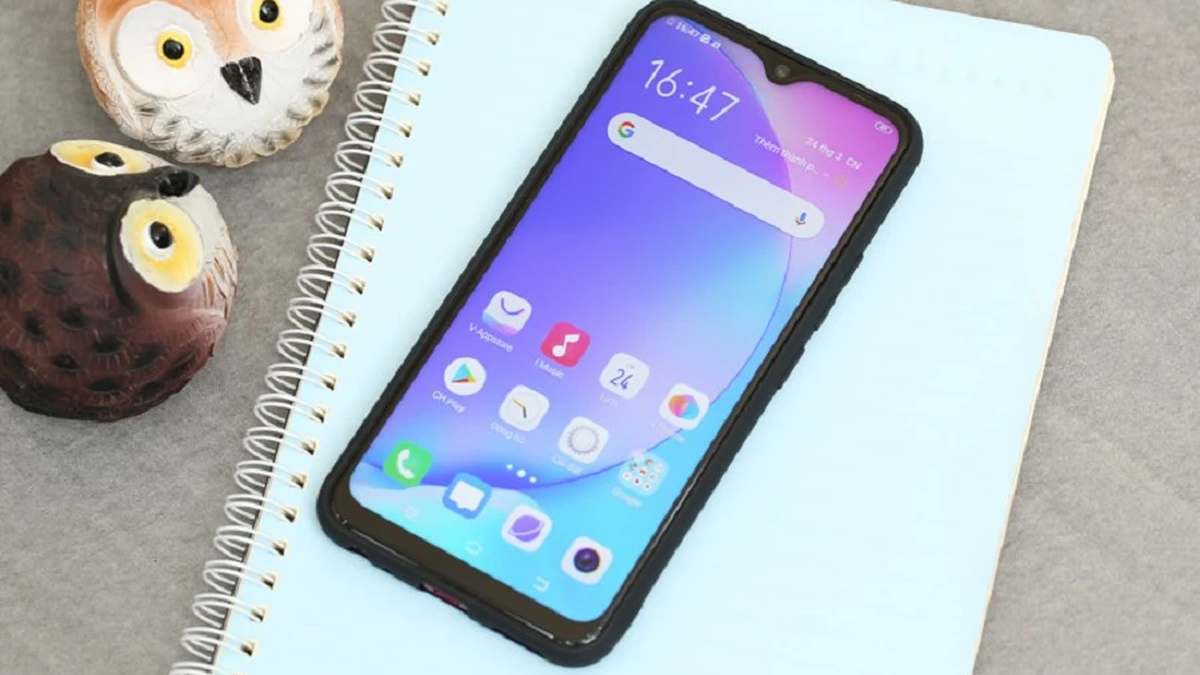Once the dominant player in the memory chip market, Samsung Electronics was well-positioned to capitalize on the AI boom. But the South Korean giant has failed to do so.
After losing to fellow countryman SK Hynix in the high-bandwidth memory (HBM) space, Samsung Electronics’ profits plunged, wiping out about $126 billion in market capitalization, according to data from S&P Capital IQ. One executive even had to make a rare apology.
Pay the price for not seeing the opportunity
Memory chips are an important type of chip used to store data, appearing in many devices from smartphones to laptops. For many years, Samsung has been the world's number one in this technology.
But as AI applications like OpenAI's ChatGPT become popular, the underlying infrastructure needed to train large language models is gaining more attention.
Nvidia emerged as the leading player with graphics processing units (GPUs) becoming the gold standard in AI training.
A key part of that semiconductor architecture is HBM. This next generation of memory involves stacking multiple dynamic random access memory (DRAM) chips.
Before AI exploded, it had a small market share. This is also where Samsung got caught up and did not invest.
According to Kazunori Ito, director of equity research at Morningstar, HBM is a niche product that Samsung has not focused resources on developing for a long time.
Because the technology involved in DRAM stacking is difficult and the market size is small, it is believed that it does not justify the high development costs.
SK Hynix, however, saw an opportunity. The company aggressively launched HBM chips that were approved by Nvidia, thereby establishing a close relationship with the American giant.
Nvidia CEO Jensen Huang even asked the company to speed up the delivery of next-generation chips, emphasizing the importance of HBM to its products.

SK Hynix posted a record quarterly operating profit in the third quarter. South Korea’s second-largest chipmaker is likely to surpass Samsung’s chip division in annual operating profit this year, according to brokerages.
SK Hynix's estimated profit in 2024 is 23.48 trillion won, while Samsung's is 18 trillion won.
“With strong R&D investments and industry partnerships, SK Hynix maintains an advantage in both HBM innovation and market penetration,” commented Brady Wang, Associate Director at Counterpoint Research.
Samsung told CNBC that its total HBM sales increased more than 70% in the third quarter compared to the previous quarter. The giant is mass producing HBM3E chips.
Development of the next generation – HBM4 – is also proceeding as planned with the goal of mass production in the second half of 2025.
Can Samsung make a comeback?
Analysts say Samsung is falling behind its competitors for a number of reasons, including under-investment in HBM and not being a first mover.
“To be fair, Samsung cannot close the gap with SK Hynix on the HBM development roadmap,” said Ito.
Samsung’s short-term return seems to be closely tied to Nvidia, which has a rigorous evaluation process before accepting HBM as an HBM supplier, and has yet to pass it.
However, Nvidia's green light could open the door for Samsung to compete more effectively with SK Hynix.
“Since Nvidia holds more than 90% of the AI chip market, where most HBMs are used, Nvidia’s nod is crucial for Samsung to benefit from the strong demand for AI servers,” Ito said.
A Samsung spokesperson revealed that the company has made "meaningful progress" regarding HBM3E and "completed a key phase in the qualification process."
“We expect to start increasing sales in the fourth quarter,” the spokesman said.
Meanwhile, Mr. Wang noted that Samsung's strength in R&D, as well as semiconductor manufacturing capabilities, could help them catch up with SK Hynix.
(According to CNBC, Korea Times)
Source: https://vietnamnet.vn/vi-sao-samsung-bi-tut-lai-trong-cuoc-chien-ai-va-boc-hoi-126-ty-usd-2340107.html


































































































Comment (0)